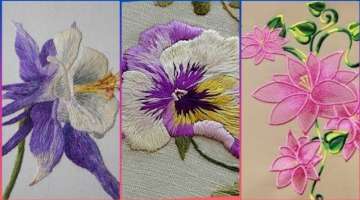This Bonsai Tree Was Planted In 1625, Survived The Bombing Of Hiroshima And Is Still Growing Today
History never really leaves us – it stays with us in the form of monuments, each representing a part of a lost story. Maybe that’s the beauty of any historical place. It transports us to a time that we can only read and imagine through history books. But the problem with monuments are, they are cold and non-living.
- 1 | 5

It would have been amazing if there was some visible piece of life that was infused with different stories to tell. Especially, if the plant had actually faced something drastic that has shaped the entirety of later human lives. The Yamaki Bonsai has proven to be just that – a living artifact of history. And it has quite a tale to tell.
- 2 | 5

Many people forget that trees are much older than human beings. In fact, there is even one Bonsai tree that has lived to be 394-years-old. It was first planted into the earth in 1625 and is now located at the United States National Arboretum in Washington D.C. A bonsai master from Japan named Masaru Yamaki gave the bonsai tree to the United States as a gift in 1976. At the time, the National Arboretum did not realize that the tree had survived the Hiroshima bombing in 1945. Yamaki and his family were just two miles away from the area where the American military dropped the atomic bomb down, which resulted in the death of 140,000 Japanese people.
- 3 | 5

Fortunately, Yamaki and his family did not get injured or killed by the explosion. Furthermore, they kept the bonsai tree inside where it was safe with them. In 2001, the truth about the tree was finally revealed after the grandsons of Yamaki visited the tree at the National Bonsai & Penjing Museum. The museum doesn't typically advertise the history of the tree when you go there. However, you can now find its history of surviving Hiroshima on the museum's website (bonsai-nbf.org).
- 4 | 5

In the year 1976, bonsai master Masaru Yamaki gifted this same bonsai to the United States. Now, it is housed in the U.S. National Arboretum in Washington D.C. Because it is a gift and a token of friendship that is present between the two counties, the museum did not add any information categorizing the bonsai as something special. Neither did they actually know the significant history behind it. It was only later in 2001, when the grandsons of Yamaki visited the museum that a whole new surprise was waiting to be heard.
- 5 | 5

They presented the intricate story behind the bonsai and how it had survived one of the greatest mass destruction events that had occurred in our world.



















